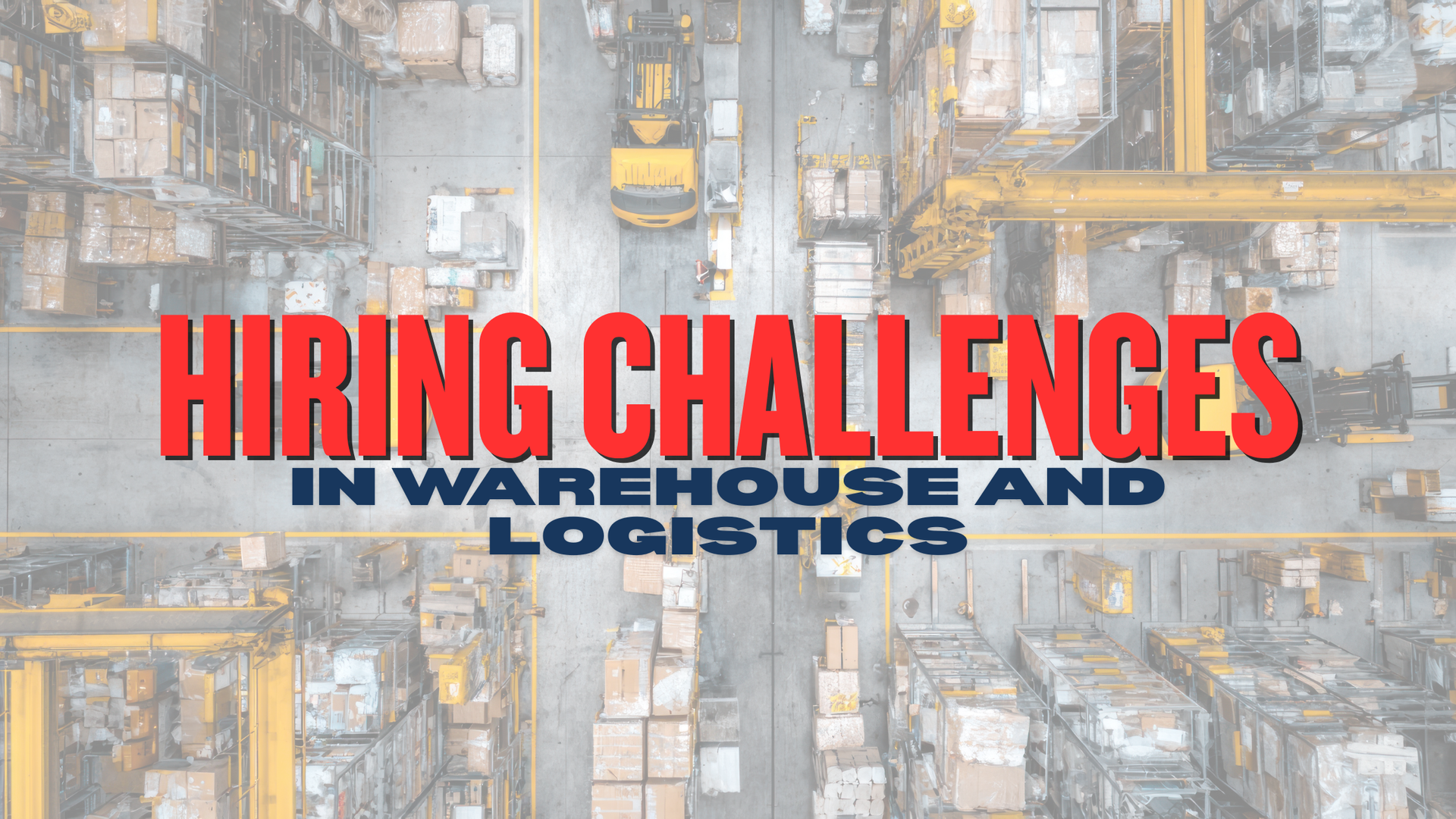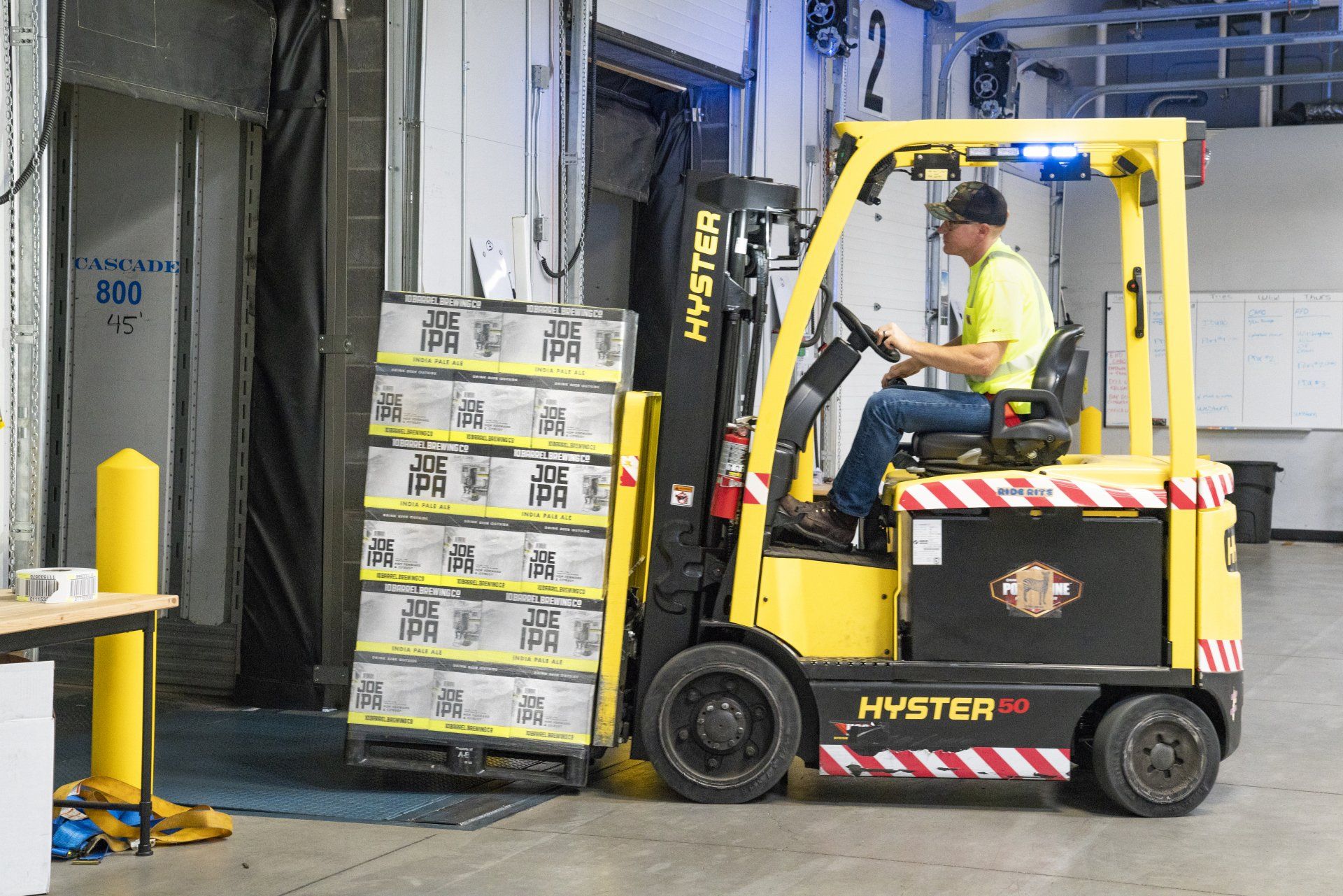How To Write An Eye-catching Job Advertisement
Writing a job advertisement seems like a simple task until you try to write one. For a task that seems so easy, there are many elements that you can forget or get wrong. When advertising a role, the words you use in the ad are crucial to attracting the right candidates.
Before we explain how to write a job advertisement, you should understand what you already know about writing a job advertisement.
Think of a role you would like to advertise; how do you sum it up in 200 - 300 words and highlight every important component of the role?
It could sound simple but finding the right words and understanding what to leave out is harder than anticipated.
When it comes to job adverts, there is an easy structure that can get you results. As long as you adequately fill in the blanks, the advert is bound to bring you the perfect candidate.
Here are 9 tips to help you write the perfect job advertisement:
1: The Perfect Job Title
Creating a job title that catches the attention of the right applicants is the initial important step. It is the first element of the advert that people are going to see and if it is not correctly worded, they won’t be interested in reading on. Producing the perfect job title includes a few things:
- It is short
- It makes sense
- It is what people are searching for
These days, most job ads are digital meaning they are easy to search for. Candidates can find your advert easier if you use words (keywords) they are searching.
A useful tool to help you work out what words people type in when looking for a job in your industry is Seeks Top Search Term. Even if the specific job isn't listed in the top 10, it gives you a great idea of how to write it.
If you are the type of person that learns from examples, here are some DOs and DON'Ts:
DO - Marketing Manager
DON'T - Marketing Extraordinaire!
DO - LO Driver
DON'T
- **Amazing Forklift Driver Needed**
2: Location, Location, Location
Isn't it the worst when you post a job-based in Point Cook and you get people based in France applying for it?
Putting a location high up in your advert will decrease the number of applicants applying that are too far away. It is even better if you can be specific about the location, like putting Point Cook, Richmond or Tullamarine instead of Western Suburbs. Doing this will allow the candidate pool to be smaller with higher quality.
For some businesses like recruitment or employment agencies, posting specific location can be a lot harder, so post as specific as you can.
3: Dot Point the Best and Most Important
Okay, so the title and location got their attention, now it is time to create the desire to read more about the role. To do this, pick the top three or four best qualities about the job role and put them in dot-points at the top of the ad. These dot-points could include the salary, key parts/focus of the role or benefits of your company or role.
This way straight off the bat, people know what the perks of the role.
4: Who Are You?
Next, you would want to include information about the business they are applying to work for. A quick one-paragraph summary of the business should include information that familiarises job seekers about your business. This information should be:
- What the business does/what industry it is in.
- The culture of the business (based on the language used in the paragraph.)
- Where you are located.
- A highlight of your business.
Ensure you don't make this too long as you only have a limited amount of words before it becomes dull. The perfect length would be 3-4 sentences.
5: About the Role
Before you list the specific skills, experience and duties of the role, you must give an outline of the role and why it is needed. This can include:
- The longevity of the role.
- What department they will be working with or who they will be reporting to.
- A general outline of tasks and duties.
- The experience they need.
This should only be one to two paragraphs so keep it short and to the point.
6: Duties/Skills and Experience
This is the part of the job advert where you get very specific about the role. You outline what they must do within the role and what skills and experience they must have. A great tip for this is to begin each sentence with a verb (a doing word). These words could include read, draw, drive, construct, perform and assist.
Split this section into two different titles or headings, "Duties" and "Skills and Experience."
7: How to Apply
There is no point in putting up a job advertisement if there is no way to apply. Even if your advert is on an easy to apply website like Seek or Indeed, always add a small section on how to apply. This could also include a closing date, phone number, website or email address.
8: Structure
Now that you know all the information you need, it is time to talk about structure. The worst job adverts in the world look like essays, DON'T WRITE AN ESSAY! Majority of people won't read the advert as it is too long and not easy to read. Create subheadings/titles and use dot points to your advantage!
9: Proof Read!
The worst thing an advertiser can do in a job advert is making a spelling mistake. Not only could it mean something completely different than what you were supposed to write, but it also makes your advert and business look unprofessional. Take these funny but severe mistakes as an example:



So now you have an idea of how to write a job advert, the only other piece of advice I could give you is to read one written by professionals. Give Capture Recruitment's website a visit to see how they write and structure their job adverts.










